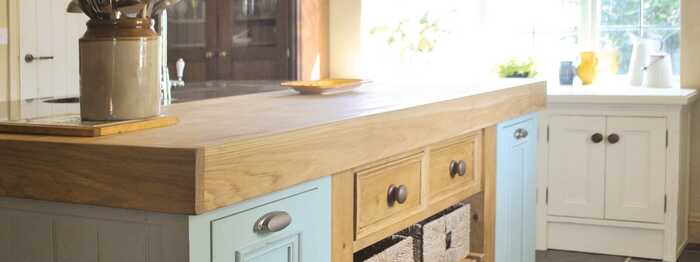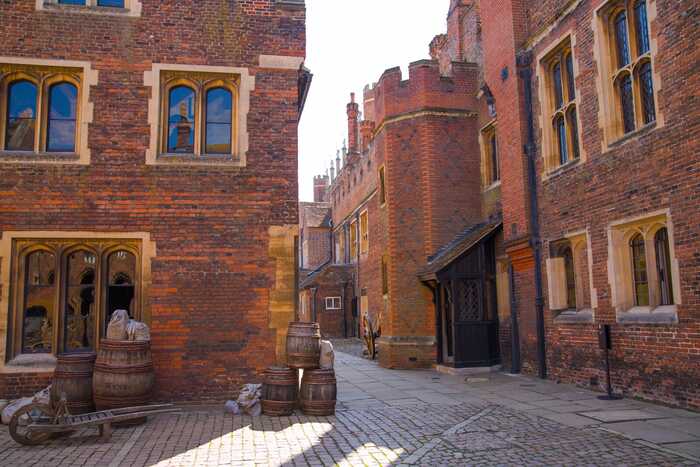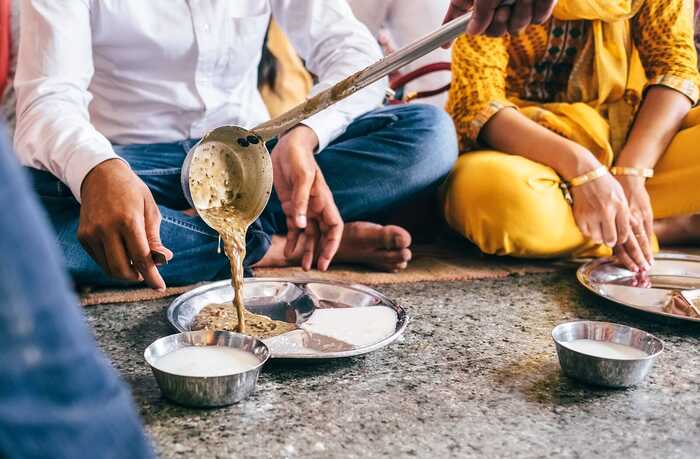
5 Incredible Kitchen Locations From Around the World
Here at Hugo & Blake, we’re no stranger to embracing classic design and age-old aesthetics when it comes to building a freestanding kitchen. Creating practical, functioning spaces that reflect a long history of traditional craftsmanship is what makes our kitchens and handmade shaker cabinets truly unique.
In today’s blog, for something entirely different, we take a look at some incredible kitchen designs from the pages of antiquity and from unique locations around the world…and some even further afield!
The ISS Kitchen
The International Space Station does not really have a kitchen in the traditional sense of the word. Instead, there’s an area known as the galley which facilitates food preparation and meal times. The idea of a galley, originally a military term, can still be found in modern shaker kitchens; a great space-saving alternative for those homes with limited space.
As crew sizes expanded, a second galley was added in the U.S. segment of the ISS in the early 2010s, positioned in Node 1, as well as a table to replicate something of a home dining experience for the astronauts. Meanwhile, in 2018, space technology pioneers, Zero G Kitchen, developed and designed a small oven to send to the International Space Station as part of their planned ‘kitchen in space’ program. The oven, built in partnership with ISS National Lab implementation partner NanoRacks, is designed to allow crew members to prepare small, home-comfort food items such as hamburgers and cookies.

An Ancient Greek Kitchen
The houses in Ancient Greece were commonly arranged around a central courtyard or atrium. These open patio areas at the heart of the home, often covered, were the equivalent of a modern kitchen and were where all the culinary and dining events took place.
It was only the wealthy who were afforded a separate kitchen space, generally positioned next to the bathroom in order for both rooms to be heated by the kitchen fire. You might also find a separate storage room at the back of the kitchen used for food and kitchen utensils. Daily cooking was done through the use of rough clay pots, while some dishes, decorated with beautiful ornaments, were only used when guests arrived.
Henry VIII’s Tudor Kitchen
Henry VIII's Kitchens at Hampton Court Palace were the largest culinary hubs ever seen in Tudor England, with over 200 cooks, sergeants, grooms and pages all working tirelessly to create more than 800 meals a day for the ravenous household of the King.
Feeding the court was no straightforward undertaking; particularly without the use of modern conveniences like built-in stoves, refrigerators, and multipurpose kitchen islands. Instead, the royal household could burn over 1 million logs per year to help the mammoth task of feeding the court subjects, primarily using the swathes of boiling cauldrons and roasting spits found in the numerous kitchen spaces throughout the palace.

The Colonial American Kitchen
Traditional hearth or fireside cooking was the lifeblood of food preparation in Colonial America; a self-sufficient means of survival, supplemented by farming and communal gardening. In a colonial American shaker kitchen, families were reliant on the staple foods that could be sourced from the local habitat; oats, wheat, rice, corn, pumpkin, beans, and a variety of herbs and fresh vegetables. And, if you happen to live in the New England colonies, you might have access to fresh seafood.
While the invention of the refrigerator was some centuries off, colonists were able to preserve their precious foodstuffs by drying, smoking, and pickling—and enjoying the long-life properties of jams, preserves and syrups. As well as raw ingredients, traditional shaker dressers, cabinets, and drawers would stock pottery, pewter, tin cooking ware and a range of iron and wood utensils and basic appliances.
The largest kitchen in the world
The Golden Temple, in Amritsar in India, is the largest community-driven free kitchen and dining hall in the world. Food is served all day, all year round and pilgrims from all over the world can show up to feast here.
The kitchen is run by 350 volunteers, or sevadars, who offer their services throughout the day and night, tasked with providing food for the tens of thousands who turn up to the temple each day. While the operation and maintenance of this iconic gurudwara are funded by donations, the regular task of cooking, cleaning, and serving food is managed by the volunteers who work at the shrine.
The Golden Temple is open to everyone; regardless of status or cultural background—the food just keeps coming and guests are never turned away. Indeed, at the heart of the ethos at The Golden Temple is equality: all visitors sit cross-legged on the floor and are given the same meal on a metallic tray. All the dishes are typically served with chapatis flatbread, and spiced lentils, with a classic Indian sweet rice pudding for dessert.

How can we help?
If you’ve been inspired by some of the kitchens mentioned in today’s blog, or would like any advice or guidance on creating the perfect freestanding kitchen for your home, then please don’t hesitate to get in touch.
Posted on December 20th 2022

